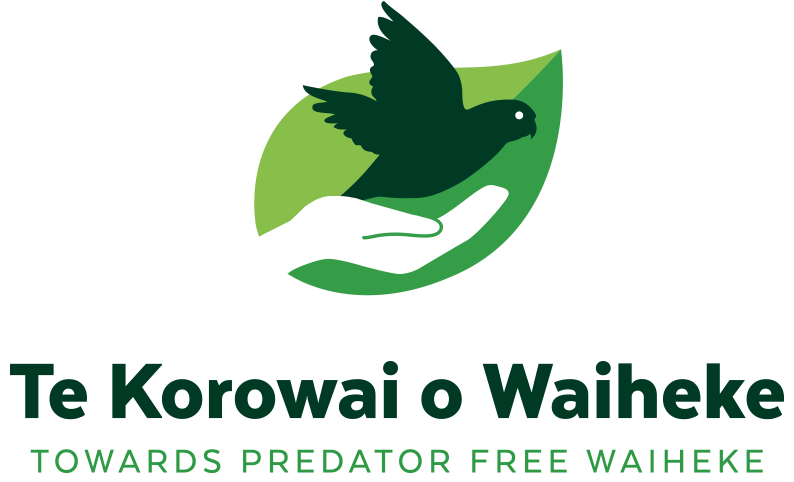Get to know what a day in the life of a Field Technician looks like, working towards a predator-free Waiheke. Chris Anderson shares what his day-to-day looks like, how he got into conservation, and his best work story.
Read MoreAs technology gets more and more advanced in the eradication arena, one of the key challenges for projects is how to process the large amounts of data collected. A crucial part of rat eradication programmes is the monitoring and detecting of rats. Trail cameras are a very sensitive detection tool and are able to detect rats in low density such as survivors and invaders after an eradication attempt.
Read MoreAfter over three months of servicing lines in the rat pilot operational trial, the field team have got to know the locals quite well. Always up for a yarn, team member Dylan Hinchey has got to know not just the residents in his area, but their pets too, getting the scoop on the ratters of the island.
Read MoreBecoming the world’s first predator-free urban island is no small feat. There are many questions still to be answered about how to remove rats from Waiheke and the rat pilot operational trials are designed to do just that.
Read MoreAfter months of planning, the team is thrilled to be out and about servicing the bait stations and traps across the trial areas. They are a friendly bunch, so if you see the team out and about, be sure to give them a wave.
Read MoreTurn off the lights and switch on a UV light and this is what the rat bait in the operational trials looks like. But why does it glow you may ask? While glowing under blue lights is perhaps more reminiscent of nightclubs and dance parties, this fluorescent dye is the key to answering a number of questions in the rat pilot.
Read More“Trapping is a more labour-intensive activity, but we made the decision to trap rather than to bait in order to achieve a more humane "instant kill" and to be able to better monitor results,” says Paul McSherry and Andrew Malloy who are part of the rat busters group on Waiheke Island.
Read MoreThe Rocky Bay trial will run through the months of June and July in collaboration with the Rocky Bay Ratbusters. The trial is designed to understand rat behaviour around bait stations, if interactions differ between bait station designs, and if service frequency influences rat behaviour or bait take.
Read MoreThe Ostend trial will run from May to September 2022 and include a variety of complex urban habitats such as the Resource Recovery Park, storage facilities, cafés, industrial businesses, wetland and mangroves. While there is much known in New Zealand about eradicating rats in rural, bush and forested areas, there is little known about eradicating rats from urban environments.
Read MoreYou may have seen recently that there have been adaptations to the operational rat pilot due to Omicron disruptions. In the adapted pilot design, there are three separate operational trials to answer the specific questions that island-wide eradication poses. Over the next week, we will outline how each of the trials work and what will be learned from them.
Read MoreWe're delighted to announce that Markus Gronwald is stepping into the Operations Manager role for the upcoming rat pilot. He's completed a PhD thesis on behavioural ecology, monitoring and management of invasive rats on islands, and has spent the last year as Monitoring Lead for Te Korowai o Waiheke.
Read MoreFaced with disruptions associated with the Omicron outbreak in New Zealand, Te Korowai o Waiheke has taken technical advice to modify the rat eradication pilot beginning on May 2nd.
Read More











